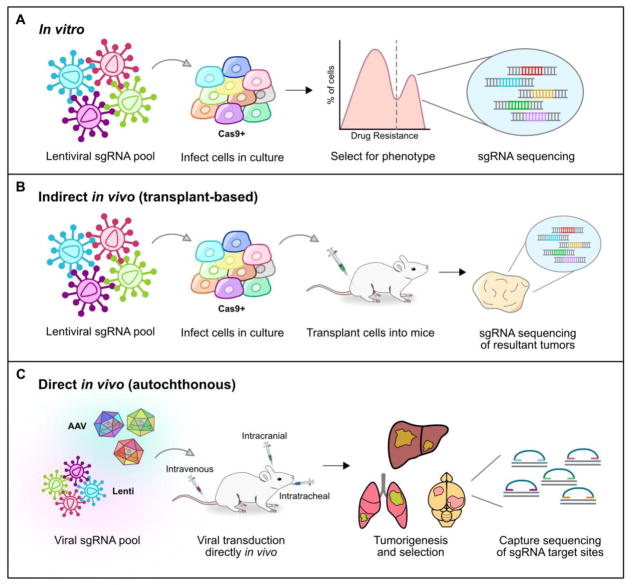Figure 2 Key Figure. Three modes of CRISPR screening.
A. To perform an in vitro CRISPR screen, the desired sgRNA library must first be cloned into expression vectors. Lentiviral vectors are commonly used, as they can stably integrate into the host genome. After a selection phase to enrich for a desired phenotype, the sgRNA cassettes are amplified from genomic DNA and sequenced to identify the top candidate genes.
B. Indirect in vivo screens follow the same steps asin vitro studies, but the selection phase occurs within a recipient animal. Following transplantation of the mutagenized cell pool into mice, different mutants will become enriched. In the case of a tumorigenesis screen, highly abundant sgRNAs within the resultant tumors would be brought forward as candidate tumor suppressors.
C. For direct in vivo screens, CRISPR mutagenesis occurs at the autochthonous target organ site instead of in culture. Lentiviral and adeno-associated viral (AAV) approaches have both been successfully used for multiplexed direct in vivo mutagenesis. Intravenous, intracranial, and intratracheal viral injections can drive tumorigenesis from the liver, brain, and lung, respectively. Since AAVs do not integrate into the genome, capture sequencing must be performed to readout the results of the screen (i.e. highly abundant indel variants).

